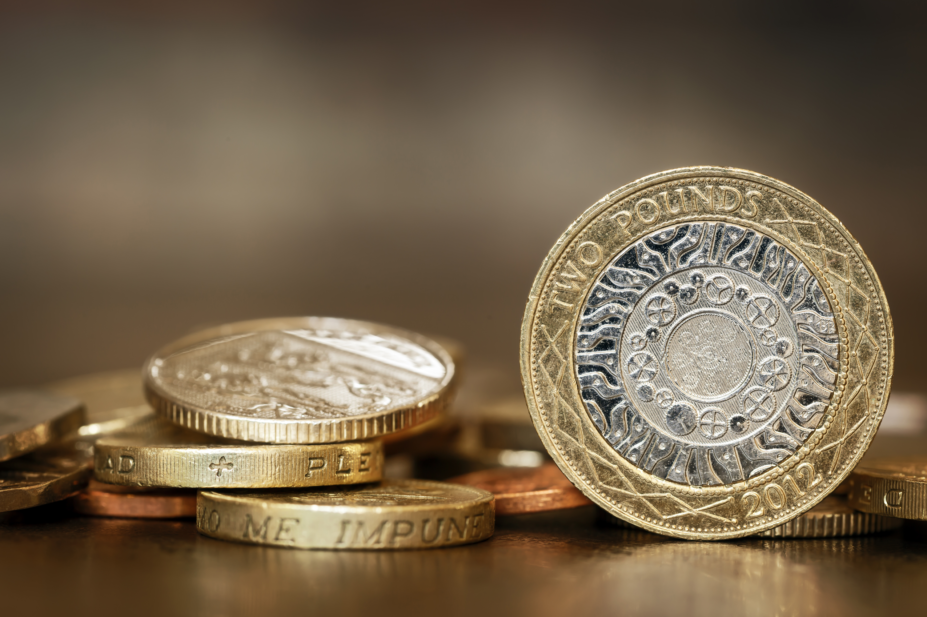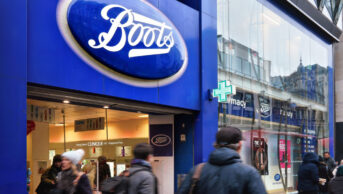
Shutterstock.com
Results from The Pharmaceutical Journal salary and satisfaction survey 2018 has revealed a median ethnicity pay gap of 16%.
The 16% pay gap was calculated based on estimated median pro rata salaries of £50,960 for white pharmacists and £43,056 for black Asian and minority ethnic (BAME) pharmacists, assuming a 40-hour working week.
The £7,904 median difference in annual pay was found to be statistically significant after an analysis by independent academic statisticians from the University of Aberdeen.
The ethnicity pay gap in pharmacy appears to be much wider than for other professions, such as medicine, for which a 5% median ethnicity pay gap was uncovered in The BMJ on 5 September 2018.
Pharmacy’s ethnicity pay gap also appears to be larger than the 6% gender pay gap as measured by the same survey.
Some 44% of pharmacists on the GPhC register identify as being from BAME backgrounds.
The NHS announced a major initiative in October 2018 to eliminate the ethnicity pay gap, which was shown to be 16% among men and 7% among women, and improve BAME representation in senior leadership by 2028.
The BAME population surveyed as part of the survey was younger than the white population surveyed, with half of BAME respondents being under 35 years of age, compared with just 20% of white respondents being in that age group, which may explain some of the differential as the white group may have more senior, and better-paid, positions.
The results have been welcomed by pharmacy leaders, who described the 16% pay gap as “of concern”.
Mohammed Hussain, senior clinical lead at NHS Digital and board member of the GPhC, speaking in a personal capacity, said publication of these data was “a positive step forward” in having more open and transparent conversations about pay.
“Of course the issue is not about pay at all, pay is a proxy for equality of opportunity, respect and value. Just as with the gender pay gap, I suspect many explanations will be put forward — the data itself will be challenged. This is all helpful, but the most important issue is to bring this into the public square for debate.
“The reasons for an ethnic pay gap will likely be multiple and the solutions likewise, but we must start the conversation somewhere. How organisations respond to the difference will reveal more about the true extent of their desire for true equality.”
Mahendra Patel, a member of the Royal Pharmaceutical Society’s English Pharmacy Board and honorary senior lecturer at the University of Sheffield, also speaking in a personal capacity, said the results should be treated with “caution”, but added “the differences which appear are statistically significant and still of concern”.
He asked: “Is it because a larger proportion of the BAME group customarily occupy lower paid/ranked positions because they are simply just resigned to it? Is it due to direct or indirect experience(s) that has made them feel they should not/cannot apply for higher paid/ ranked positions? It is because there is a real lack of confidence and belief in themselves to actively seek promotion for higher paid/ranked positions? Or is there some inherent unconscious/conscious bias among those who recruit for higher paid/ranked jobs?”
In response to these data, a spokesperson for the Department of Health and Social Care said that although there was no evidence of staff in exactly the same roles being paid differently based on their ethnicity, any pay unfairness was “unacceptable”.
“The NHS is a very diverse employer, but it is unacceptable that pay inequalities still exist — this has no place in a modern employer and we’re determined to tackle it,” they said. “We recently announced our ambition for representation of staff in the most senior roles to equal representation across the rest of the NHS workforce, including pharmacists, by 2028.”
| White pharmacists (n=859) | BAME pharmacists (n=217) | Total (n=1076) | P value | |
|---|---|---|---|---|
| Source: The Pharmaceutical Journal Salary and Satisfaction Survey 2018 | ||||
Hourly rate in pounds (median, interquartile range) |
24.5 (20.7, 29.5)
| 20.7 (16.9, 24.5) | 23.7 (19.7, 28.3) | 0.002 |
Source: The Pharmaceutical Journal Salary and Satisfaction Survey 2018
. The survey was conducted between 16 July and 3 September 2018. Invitations were sent to all RPS pharmacist members. Statistical differences were analysed by the non-parametric Mann-Whitney test and were conducted by independent academic statisticians at the University of Aberdeen. Locum pharmacists were excluded from the analysis. The survey covered questions on pay and working conditions of pharmacists.
We will be continuing this conversation and challenging pharmacy leaders to say what they will do to look at this problem. On 12 December 2018 from 20:00 we intend to hold a Twitter chat to talk through the issues raised by this research in detail — please do join us using the hashtag #PJmindthegap and email us at editor@pharmaceutical-journal.com if you have been affected by any of the issues outlined above.


